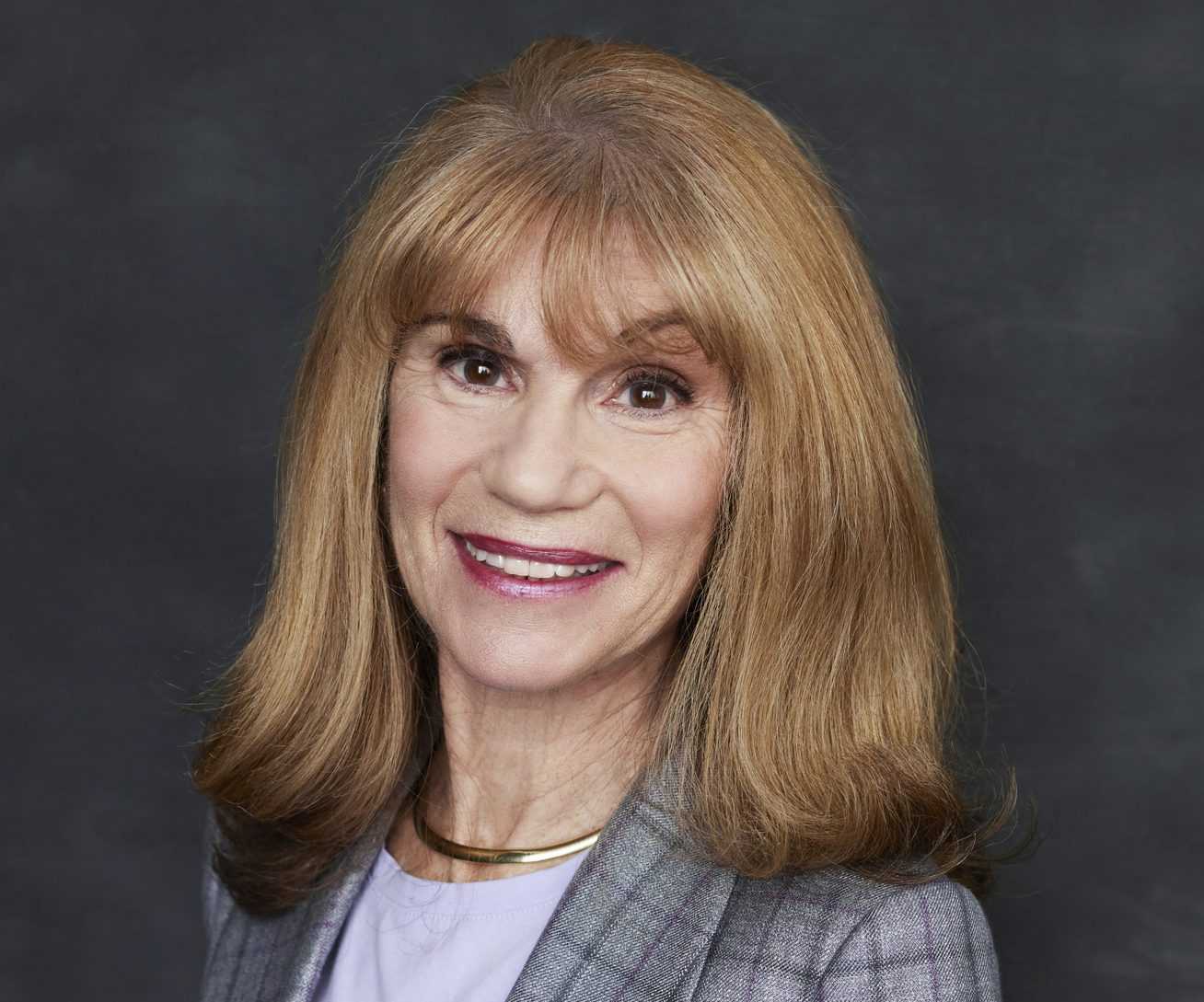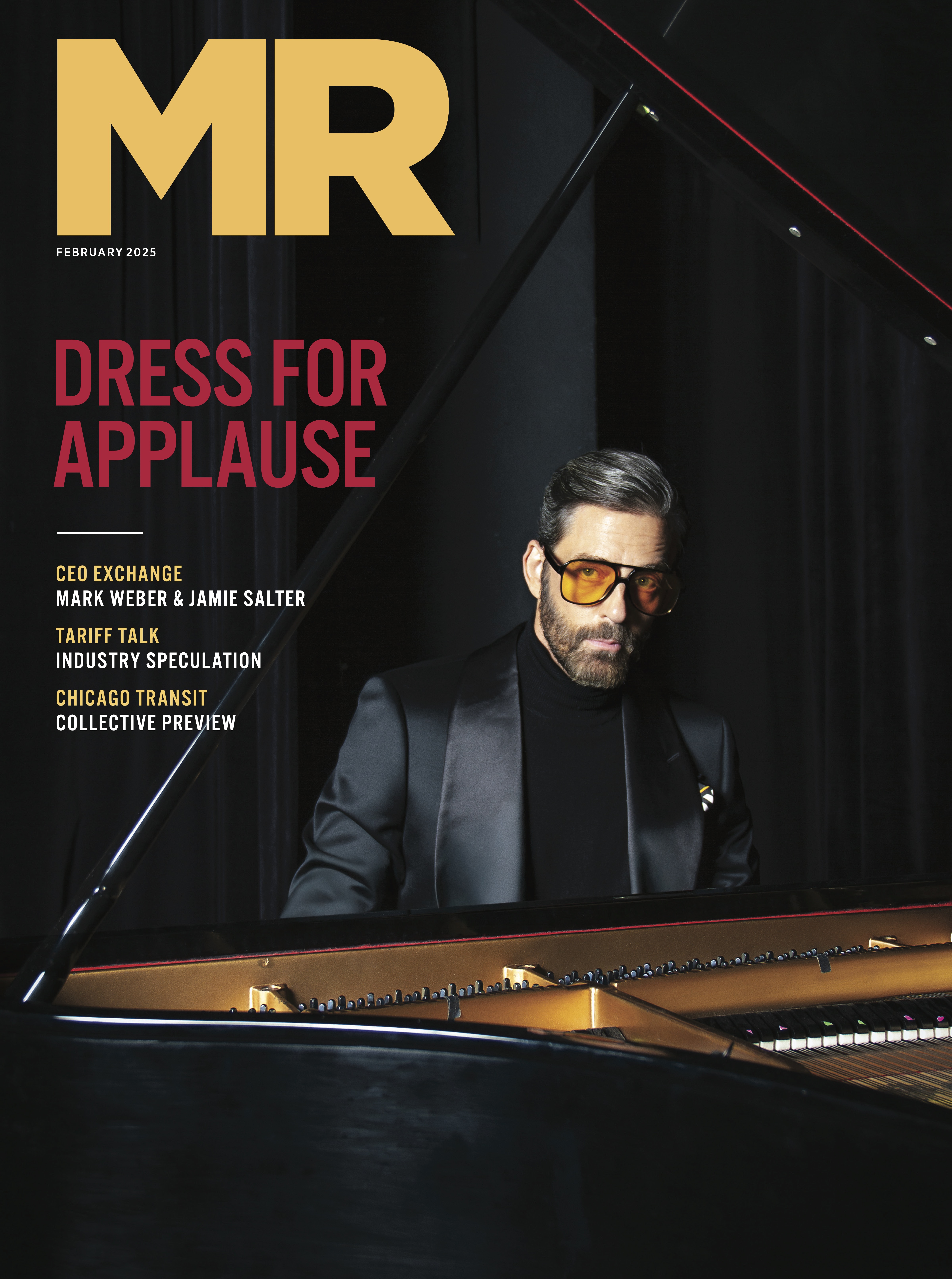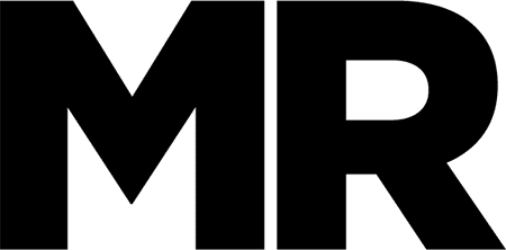FROM THE FEBRUARY ISSUE: CRYSTAL BALL PART 2 | VENDOR VIEW

The entire MR team proudly presents our February 2025 issue. If you haven’t received a hard copy, please page through our digital version, and we’ll continue to post individual stories here on MR-mag.com. If you haven’t been getting MR in print, be sure that you are on our mailing list for future issues by completing this form.
Ron Balinsky, Ballin
It’s not my nature to worry, so at the moment I’m not planning major changes. Right now, the U.S. economy is strong, and I expect it will continue to be strong. I don’t see people dressing differently than they have been: guys who like to dress up will continue to do so, the billionaires in their jeans and T-shirts will continue to wear jeans and T-shirts.
I don’t have a crystal ball, but I believe the current retail landscape reaffirms the importance of independent stores. I believe we’re still a business of touch-and-feel and that online business will never dominate. In fact, those merchants with the most successful online businesses are those who’ve figured out how to personalize the online experience. They email the shopper the week after his purchase to offer that item in another color or to suggest a perfect shirt to go with his new pants. There are AI tools to automate this type of thing: those who figure it out will see business improve significantly.
New tariffs will probably factor into our pricing at some point. I’m hopeful, however, that any increases will be short-lived. As for fashion, I believe pleated pants will grow in importance, but not overnight. Canada has the luxury of being a little ahead of the U.S. in terms of fashion. Although we’re seeing a lot of pleated pants coming out of Europe, the trend is not widespread here. It’s trending slightly, but where retailers have pushed too hard, it’s not yet working…”
Cecile Revah, Bugatchi
Over the past several years we’ve implemented exciting changes to elevate our design aesthetic, enhance cohesiveness, and infuse innovation into our seasonal collections. These efforts are driven by our deep understanding of our customers’ needs and our commitment to providing them with exactly what they want.
Looking ahead, we’re focused on maximizing the potential of all revenue channels while ensuring they align seamlessly with our brand vision. This includes our traditional wholesale partnerships, as well as the growing opportunities in e-commerce and retail. We view all challenges as opportunities to grow and adapt. While trade dynamics, tariffs, cost of goods, and inflation require careful attention, we’re confident that the key to future success lies in building resilience. By streamlining our supply chain and development processes, we aim to minimize risks and ensure that no single event, whether domestic or international, has a disproportionate impact on our business.
Dick Seitchik, Harmony
Our customer base looks to us for their more basic needs, not for what’s new and different, so our fall ’25 collection will not be much different from fall ’24. We’re not moving toward looser fits. Our two best-selling models—traditional and modern fit—will not be changing. We do DB’s only in a navy blazer. We’re not showing
“I BELIEVE THE CURRENT RETAIL LANDSCAPE REAFFIRMS THE IMPORTANCE OF INDEPENDENT STORES.”
— RON BALINSKY, BALLIN
pleated pants. Our focus is on color and pattern work, mostly plaids in various configurations. A full 80 percent of our tailored clothing business is in sport coats. Aside from suit separates in five solid colors, our suit business is quite weak. Topcoats were a substantial part of our fall volume until last year; they now appear to have fallen off a cliff.
I’m very much concerned about the proposed tariffs. I believe that business in 2025 will be far more challenging than in 2023 or 2024.
Pricepoints will be very important; fabric prices will be stable to down as will cut/make/trim. It’s likely that the personal spending of the man of the house will be under pressure in what’s bound to be a more inflationary environment. Tariffs will serve only to make our market more difficult.
Stephen Granovsky, Samuelsohn
Going into 2025, we’re taking a thoughtful approach to drive longterm success. We’re excited to re-launch our in-stock programs for S ’25, bringing renewed value to the market. Our goal is to operate seamlessly across all facets of our business—OTR, in-stock, and MTM. We’re investing in versatile fabrics and new models that appeal to a wider range of stores.
If tariffs on Canada increase, Samuelsohn will mitigate the impact on customers by collaborating with partners and maintaining our commitment to quality. By continuing to source premium fabrics and upholding our renowned fit and craftsmanship, we can ensure that value remains a priority.
Kareen Shaya, Raffi
Among our most successful moves: growing our in-stock programs to include both core and fashion items. We believe retailers deserve a healthy and balanced inventory to fuel sales. With Raffi, they never need to buy in depth because we always have goods in stock.
On a personal note: our key objective these days is keeping Raffi’s legacy alive. Although he built a strong business that can run without him, we remain ever inspired by his optimistic spirit and innovative vision. He’s with us every step of the way as we create knits in finer gauges, lighter weights, softer feels, and beautiful colors suitable for year-round wear.
With a goal to adapt to changes, we’ll keep listening to what our customers want. Bottom line, our designs are meant to help men make the transition from boardroom to a night on the town. When a man looks good, he feels good about himself, and contributes to the world in more creative and positive ways.
Burak Ovunc, 34 Heritage
We’re expanding our sportswear collection, adding new styles and fabrics to meet evolving customer needs, attract new customers, and boost sales. We’re also driving brand awareness via social, influencer, and in-store events with our specialty store partners, collabs, digital/print media placements, and more. These allow us to continually reach out to and connect with new consumers.
Most importantly, we’ve integrated sustainability into our corporate culture, vision, products, and growth targets. Implementing eco-friendly practices appeals to today’s consumers and differentiates the 34Heritage brand. We’re proud to have been named number 8 out of 500 global companies on Time’s new list of Best in Sustainable Growth.
Other recent changes: we’ve streamlined operations to reduce costs and enhance the speed of delivery, ultimately generating more volume and improving profitability. And we’ve invested in strengthening our employee skills in specialty stores to improve productivity and customer service.
One of the critical challenges we face is adapting every season to changing consumer behaviors. Inflation is another challenge, as the rising price of goods and services impacts consumer spending power. Uncertain economic conditions make it difficult for everyone in the industry to plan long-term strategies, impacting investments and growth.
Trump’s tariffs, particularly on goods imported from countries like China, could impact retail sales in several ways. Still, since most of our production is in Turkey, we foresee our sales unaffected by the tariff changes. To avoid tariffs, other wholesalers will likely look for alternative suppliers or manufacturing locations, which could lead to disruptions and increased costs during the transition. Tariffs generally lead to higher prices for imported goods. Retailers might pass these costs on to consumers, which could reduce demand if prices rise significantly.
My crystal ball: the menswear industry in 2030 will be characterized by greater adaptability, sustainability, and inclusivity, in response to changing consumer preferences and societal values. Fashion will shift towards casual and athleisure styles, driven by lifestyle changes and remote work trends. Brands focused on comfort and versatility may capture a larger market share. Sustainability will be a critical focus, with brands adopting eco-friendly materials and practices. The industry will likely prioritize DEI in marketing and product offerings. This could lead to a broader range of sizes, styles, and representations in menswear, appealing to diverse consumer bases. Local sourcing and near-shoring will likely increase to reduce supply chain risks and environmental impact. Brands will prioritize transparency and ethical sourcing to appeal to eco-conscious and social-conscious consumers.
Alison Mangaroo, Paisley&Gray
We’re challenging the traditional suit concept with the “Unsuitable Suit.” This concept includes multiple items in the same fabric – a blazer, a bomber jacket, a puffer coat, a topcoat, and a pair of pants – that can be styled and mixed for various occasions. Today’s man seeks individuality, and this concept caters to that desire and allows him to confidently curate his own look.
The theme of our Fall ’25 Paisley & Gray collection is “Modern Heritage with a Twist.” We’ve incorporated tweed, wool, and knit fabrics in an earthy, grounded color story with rich, warm accents in easy-to-wear, unexpected silhouettes.
Our prediction is that, as always, fit, quality, and value will remain core elements. We strive to help our customers feel confident and experience the feeling of wearing a high-end designer brand with- out the hefty price tag.
John Greco, Olliver Grey Menswear
As we move into 2025, Olliver Grey is prioritizing a thoughtful and strategic approach to continued expansion in the U.S. market. Our focus remains identifying select retail partners where our brand aligns seamlessly with their offerings and customer base.
Our strategy is centered on managed growth. We aim to ensure that our current retail partners continue to thrive. Supporting these partnerships is a top priority, as we believe that sustainable growth stems from strengthening existing relationships and ensuring mutual success. By carefully selecting new retail partners while maintaining our commitment to our current ones, Olliver Grey is poised for steady, meaningful growth in 2025.
New for us: a quick custom program within the Olliver Grey label. This made-to-measure program, made in Italy, will allow shoppers to customize their garments by selecting from a variety of fabrics, linings and buttons as well as making fit adjustments to the existing models. We’re currently in testing phase, aiming for a soft launch within the next few months.
As for the recent announcement by President Trump of potential tariffs, this has clearly sparked widespread discussion and concern among Canadian businesses. A proposed 25% tariff has garnered significant attention, raising concerns among customers and competitors alike. However, while the immediate reaction may be one of alarm, a closer analysis suggests the impact might not be as severe as we initially anticipated. If such a tariff were implemented, it would undoubtedly have a ripple effect on Canada’s economy, strengthening the U.S. dollar and further weakening the Canadian dollar. However, the weakened Canadian dollar would help mitigate some of the tariff’s impact. While the effect may not be entirely offset, we’re prepared to absorb some of the costs to help minimize the impact to the retailer.
While uncertainty remains, our perspective is one of cautious optimism. My recent post-election conversations with retailers had everyone feeling positive for 2025.
Geoff Schneiderman, Eleventy
We’re always looking at our business for ways to reinvent our client experience around the brand. We’re obsessed with customer experience. There are so few aspects of the retail industry that are truly controllable, so we’re doing our best to drive these aspects to best position the brand for success.
Without a doubt the biggest challenge to growth in our industry is finding enthusiastic and motivated people who have chosen to make a career in fashion retailing. Eleventy has 11 retail stores and very high standards for those who wish to join our team. We’re less focused on prior sales experience and more interested in personality traits that might lead our clients to develop relationships with our sellers. We believe strongly that our product is desirable and does not need to be “sold”, but if a store associate can create a relationship with customers that brings them into the store more frequently, that translates into more transactions. The same holds true with our wholesale partners (who account for just over 50 percent of our revenue).
I’m not too worried about potential tariffs: It’s unclear at this time if Made in Italy will be involved, and fortunately, Eleventy has always believed in price/value product positioning. I’m more interested to see what might happen to those brands that were already stretching their margins (perhaps too far). We’ve begun exploring new procedures for importation that could allow for a lower duty rate, potentially benefitting all our customers.
My crystal ball shows that only the strongest and most innovative will survive. Clients have very little tolerance for the same old retail experience and have never had higher expectations for service.


